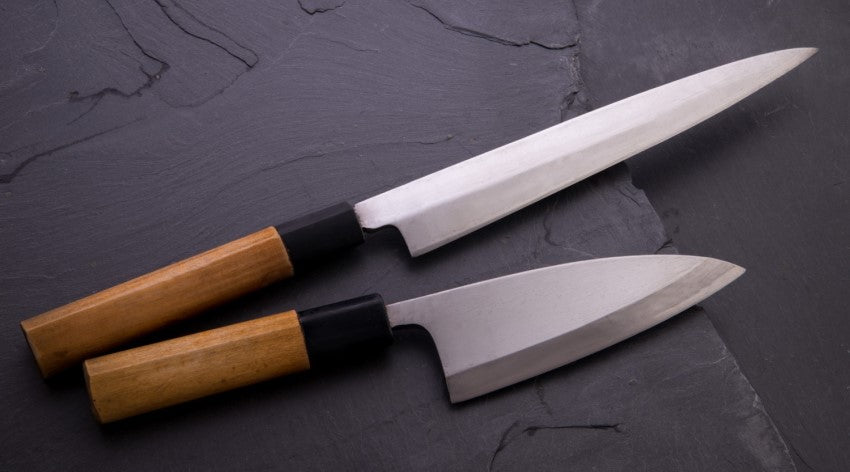
One of the important factors that determines the quality of food is the sharpness of the knife.
A well-sharpened knife allows you to cut food accurately and beautifully.
In this article, we will carefully explain tips on how anyone can easily sharpen knives from the perspective of a cookware expert.
If you acquire this knowledge, you will definitely be able to take your cooking to the next level.
1. Basics of knife sharpening
How to choose the right sharpening tool
First of all, choosing the right sharpening equipment is important.
There are various types such as whetstones, electric sharpeners, and manual sharpeners, but we recommend manual sharpeners for beginners due to their ease of use.
If you want to learn a more specialized method, it would be a good idea to learn how to use a whetstone.
Types of knives and how to sharpen each type
There are various types of knives, such as Japanese knives and Western knives, and each type requires different sharpening methods.
Japanese knives are sharpened primarily on one side, while Western knives are sharpened evenly on both sides.
By practicing the correct sharpening method for each type of knife, you can maximize its performance.
By learning the basics in this way, you will find that knife sharpening is not a difficult technique.
With the right knowledge and a little practice, anyone can keep their knives sharp.
2. Sharpening technique
In order to improve your knife sharpening skills, you need to learn the correct technique.
This chapter focuses on the most important aspects of the sharpening process.
The importance of maintaining the angle
Keeping the knife at a constant angle to the whetstone is paramount to obtaining a sharp edge. Generally, a temperature between 15 degrees and 20 degrees is recommended. You can consistently say this angle to ensure uniform sharpness of the blade.
How to apply pressure
The pressure when sharpening must be even and correct.
Too much force will cause the blade to lose its edge, and not enough force will not make it sharp enough.
In particular, it is important to sharpen sharply at the beginning, and gradually lighten it as you finish.
Tips for achieving even sharpening
In order to sharpen the entire knife blade evenly, you need to keep the sharpening stroke constant.
It is important to move forward with equal force from the tip of the blade to the root.
Also, learn how to handle the entire knife evenly without changing the position of the knife on the whetstone during sharpening.

3. Maintenance of sharpened knives
Correct way to wash after use
After using the knife, wash it with warm water and use a soft sponge to gently clean it.
When using detergent, be careful not to touch the blade directly.
After washing, it is important to dry it immediately.
This prevents rust and dirt from accumulating and extends the life of the knife.
What is the storage method?
It is important to store knives in dry conditions.
To protect the blade, we recommend placing it in a knife holder or a special case.
Also, by paying attention to visibility and locations with high humidity, rust can be prevented.
4. Practice methods to improve sharpening techniques
The importance of practicing with a whetstone
To improve your knife sharpening skills, practice using a whetstone.
While practicing with a whetstone, you can acquire the technique of holding the knife at the correct angle and applying the correct pressure.
Sharpening posture and breathing
Stable posture and rhythmic breathing are important when sharpening a knife.
This allows you to use the whetstone with even force and perform stable sharpening work.
Acquisition of techniques through repeated practice
You will improve your knife sharpening skills by doing it repeatedly.
It may take some time at first, but with regular practice, you will naturally acquire the sharpening technique.













